Cop that BYD Shark 6! Ford fires up Ranger PHEV towing and off-road credentials as plug-in war of words breaks out
Ford has attempted to spear BYD Shark 6 mania with a reminder its forthcoming Ranger plug-in-hybrid dual cab ute offers more capability for traditional ute buyers.
In a press release that never named the Shark 6 by name, Ford extolled the Ranger PHEV as the “right kind of electrified ute for Australia”.
The Shark 6 went on-sale on October 29 as single highly-specified model dubbed Premium, priced at $57,900 plus on-road costs.
READ MORE: BYD Shark 6 vs Ford Ranger: Fresh PHEV challenger sizes up against traditional diesel ute hero
READ MORE: 2025 BYD Shark 6 Premium review: First Aussie drive of game-changing ute rival for Ford Ranger and Toyota HiLux that will absolutely shock you
READ MORE: Ford Ranger PHEV unveiled with multiple model choices: It might not be as expensive as you fear
This week it’s been confirmed orders have reached almost 4000, although first local deliveries have now been officially delayed from December to late January.
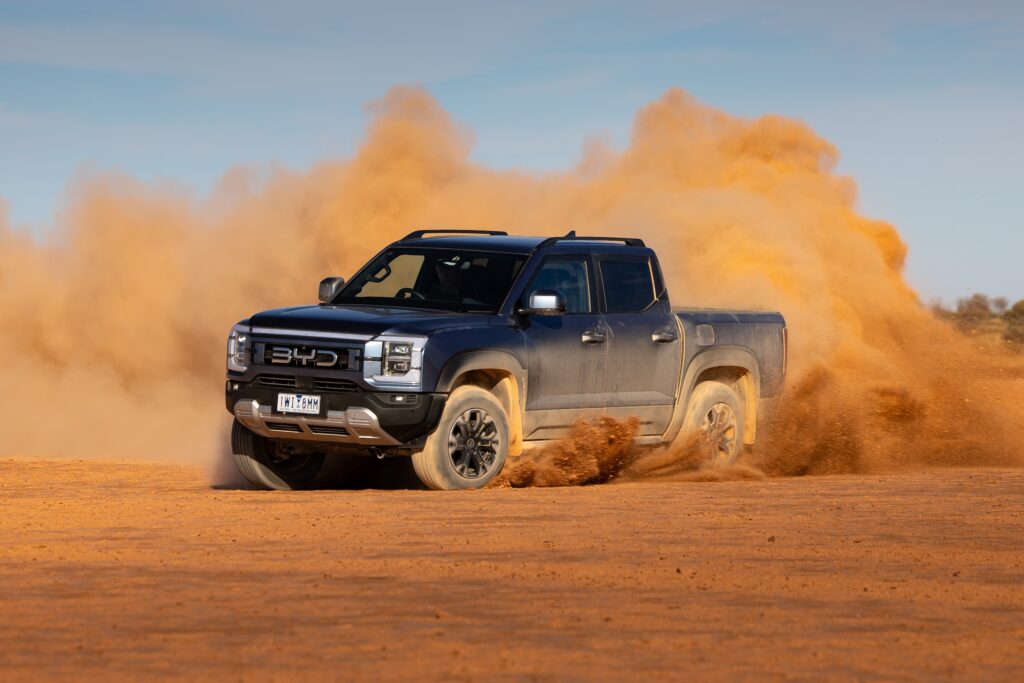
The Ranger PHEV will be available from around mid-2025 in four model lines – XLT, Sport, Wildtrak and the PHEV-specific Stormtrak limited edition. Pricing has not been announced, but it is tipped to top-out around $100,000.
The traditional diesel Ranger was Australia’s top-selling vehicle in 2023, but BYD’s Australian distributor EVDirect is very bullish about the Shark 6’s ability to munch into its sales dominance.
“We knew there was a very strong appetite for Shark in Australia, but the response has been nothing short of exceptional,” said EVDirect CEO David Smitherman in a media statement issued soon after Ford made its veiled jab.
“We’re seeing the true impact of this momentum both in sales and enquiries, and are confident the Shark will be a staple on Aussie roads as of next year.”
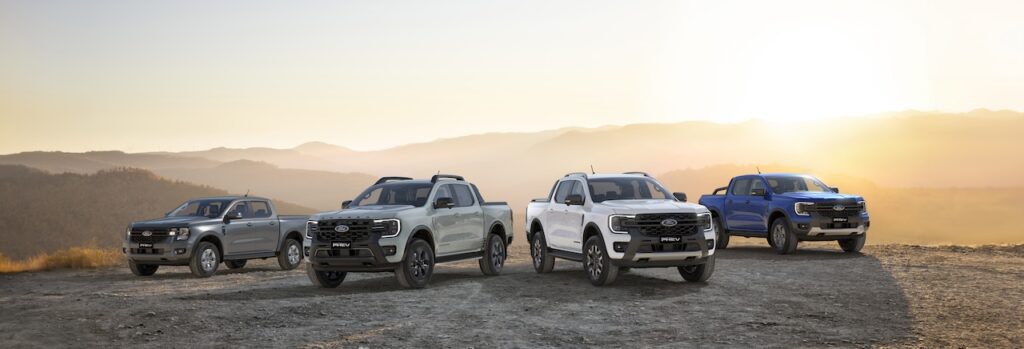
In this week’s media statement Ford quoted a study it commissioned that found 60 per cent of new buyers would be more likely to buy an electrified vehicle with “greater towing capacity” and 47 per cent wanted “off-road capability.
“Real-world customer usage, combined with Ford’s own research that customers are looking for an electrified vehicle with off-road and towing capability is proof that Ranger PHEV is the right kind of electrified ute for Australia,” said Ambrose Henderson, marketing director, Ford Australia, in a not-so subtle dig.
“We know Ranger owners take their vehicles off-road and tow, making use of Ranger’s capability. So, the fact that Ranger PHEV maintains these core attributes is something we know customers will love.”.
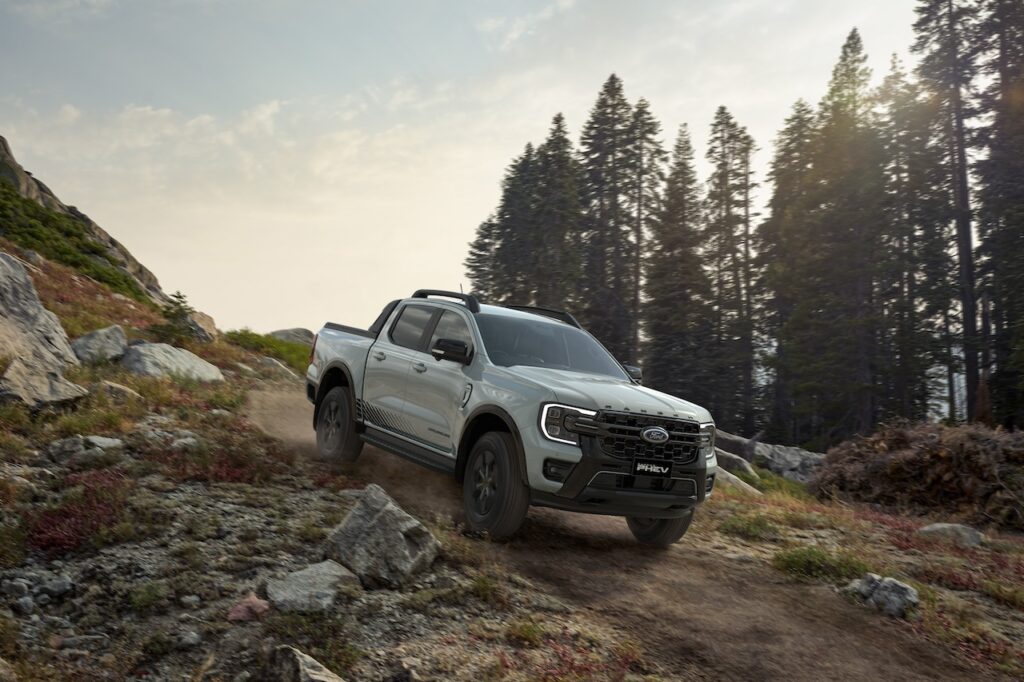
The Ford also has the traditional low range gearing and locking differentials of a 4×4 ute, while the BYD relies on its electric motor torque and traction control to master off-road conditions.
The Shark 6 also has independent rear coil suspension while the Ranger sticks with a live axle and leaf springs.
The Ranger PHEV comes with the same 3500kg braked towing capacity as the diesel Ranger, versus 2500kg for the Shark 6.
“When the Ranger PHEV arrives here in 2025, buyers can rest assured it has been developed with their needs in mind, providing the full Ranger experience, including 3500kg towing and off-road capability, along with the added benefit of electric-only driving and off-grid power via Pro Power Onboard,” said Henderson.
The Ranger PHEV claims an electric-only range of “over 45km” from its combination of 2.3-litre turbo-petrol engine, single electric motor and 11.8kWh high-voltage battery pack.
The Shark 6 has a 1.5-litre turbo-petrol engine, an electric motor on each axle, a 29.58kWh BYD Blade battery pack and a claimed 100km of EV range (that’s according to the optimistic NEDC test standard; expect about 80km in the real world).
The Shark 6 has similar Vehicle to Load feature to the Ranger, with three three-pin plugs in the tray offering up to 6.6kW and another 2.2kW socket in the cabin.
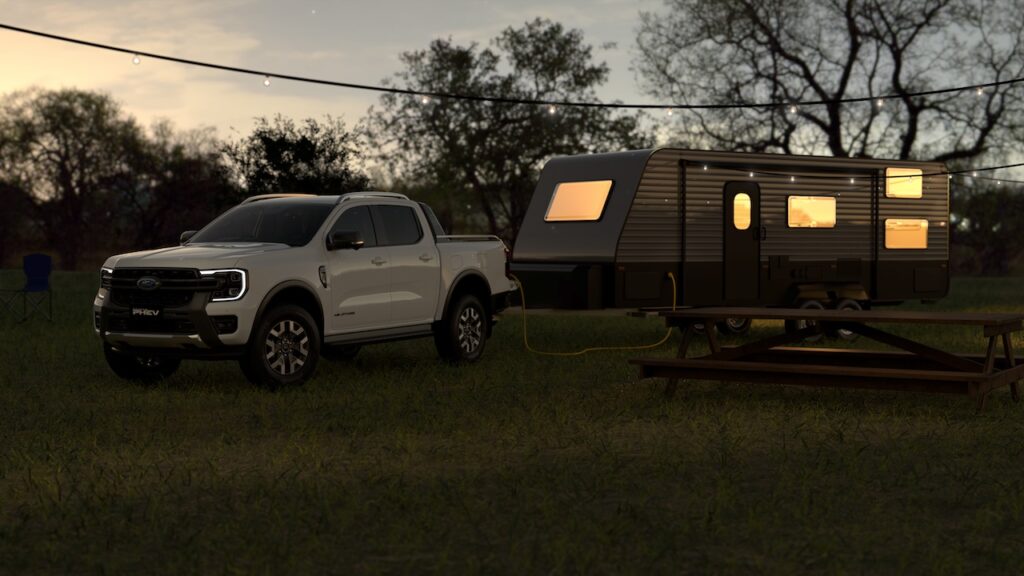
The Ranger system offers up to 6.9kW via two 3.45kW sockets in the tray and a 2.3kW socket in the cabin.
Ford’s survey based on more than 11.3 million Ranger journeys in Australia revealed the average driving distance each day was 40km or less, making it within the official range of the PHEV Ranger’s smaller battery.
“The team studied how Ranger drivers used their vehicles and the average daily distances they drove,” said Henderson.
“We also studied the charging habits of plug-in hybrid electric vehicle owners and used this information to inform the electrification of Ranger’s drivetrain..
“Thanks to Ranger PHEV’s EV drive modes, we’re confident that owners will enjoy the flexibility to use the battery for short electric-only journeys or in conjunction with the petrol engine for long range touring and towing.”

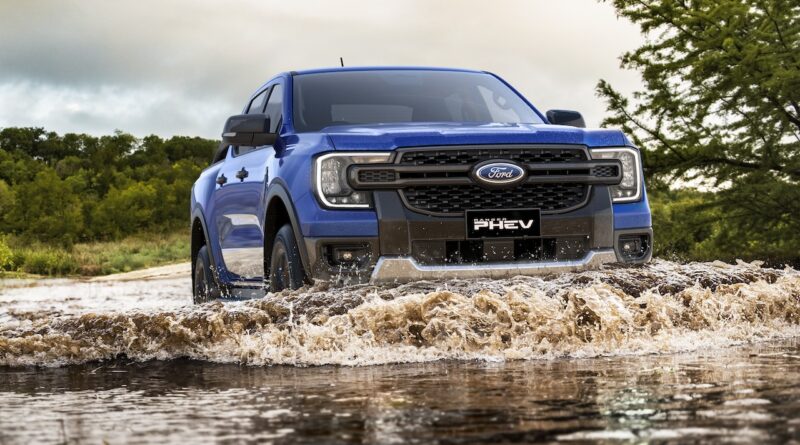
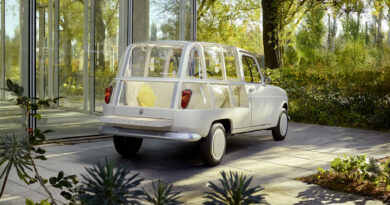
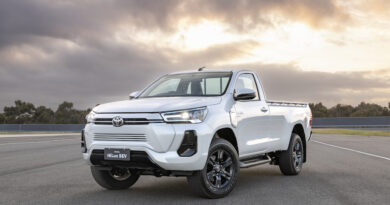
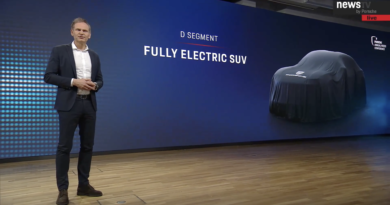
Wow the ranger PHEV battery won’t hold up well at all, or EV only mode will be restricted to low power.
Mitsubishi had to learn the hard way that a small battery in PHEV results in short battery life. Looks like it’s Fords turn